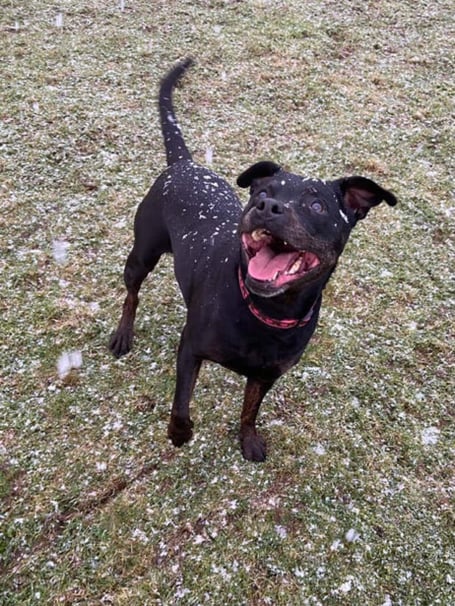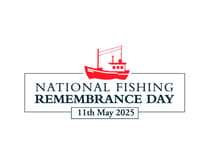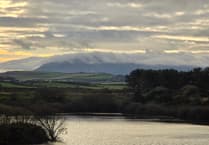Are you unintentionally harming birds on our beaches?
We are incredibly lucky on the Isle of Man to have so many wonderful beaches to enjoy, especially at this time of year when dogs and their owners can exercise on them without any seasonal restrictions.
This is also a time of year when our beaches are home to many visiting shore and sea birds - geese, ducks, gulls and species that many people may struggle to identify such as dunlins, turnstones and ringed plovers.
Our beaches provide a place for them to feed at low tide, roost at high tide, and bathe and drink where streams enter the sea.
Many birds will have travelled hundreds of miles to enjoy our warmer, richer waters in winter, with sandy and muddy beaches providing a wealth of food.
Most dog owners would not intentionally harm wild birds, but our winter visitors are being adversely affected by unintentional disturbance from dogs.
The presence of dogs on a beach (on or off lead) causes an instinctive reaction to fly in many birds, especially those that experience predation from Arctic foxes for half of the year.
This repeated disturbance is harmful because it causes birds to use more energy (and essential calories) moving from place to place, and it also reduces their feeding time.
This in turn leads to poor body condition which affects their survival on their long spring migration journeys, and ultimately it compromises their breeding success. This is why many populations of wildfowl and shore birds are falling.
Please avoid taking your dog onto an area of beach where there are birds on, or by, the water.
At high tide avoid upper beaches where shore birds roost and at lower tides avoid crossing the beach as birds are feeding. Hotspots of particular concern, where our winter migrants are seen most often, include the Point of Ayre and beaches in the far north, either end of Castletown beach, Derbyhaven beach, the beach at the bottom of Fisher’s Hill, and Gansey beach.
Despite not being in her first flush of youth, 12-year-old Cassie loves to go on adventurous walks - be they coastal or inland - and she can out-run dogs half her age.
She’s very healthy, with lovely white teeth and a glossy black coat.
She is a Staffie cross rottweiler and has inherited the best traits from both breeds. Her Staffiness manifests itself in her sense of humour and quirkiness, her wonderful smile and her affectionate personality; and her rottiness can be seen in her devotion to the people in her life.
Through no fault of her own Cassie is now looking for a retirement home either as the only dog in the household, or with another dog who will rub along with Cassie on her terms. The kennels team work hard to match dogs with appropriate new owners, and they carefully manage introductions to dogs who are already part of the family.
As pack animals most dogs will accept another dog into their lives, as long as they don’t feel threatened or overwhelmed by them.
With lockdown over, we have moved on from virtual adoptions (where we showcased our rescue animals through videos and social media) to face-to-face ones, and we don’t think Cassie will be with us for long once she’s been introduced to a potential adopter.
Her sweetness and love of people will shine through, closely followed by her sense of mischievousness and playfulness.


.jpeg?width=209&height=140&crop=209:145,smart&quality=75)


Comments
This article has no comments yet. Be the first to leave a comment.